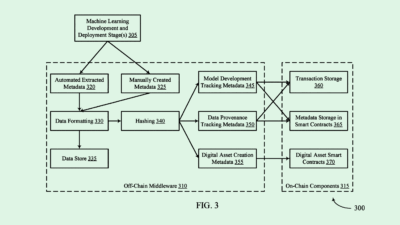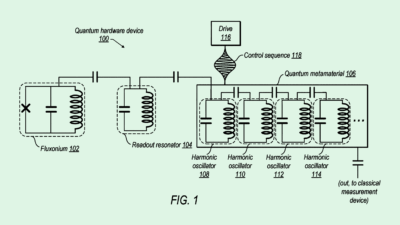The Semiconductor Industry Wants To Water Down “Forever Chemicals” Regulation

Sign up for smart news, insights, and analysis on the biggest financial stories of the day.
Can you believe that in the 18th century, aristocrats used lead-based makeup? Honestly, what kind of society would expose itself to a toxic substance on a day-to-day basis? Ahem…
Governments are moving to place restrictions on the use of so-called forever chemicals, i.e. the ones that don’t break down naturally and build up inside the human body. While it might seem like a no-brainer to curb the flow of permanent pollutants into our environment and anatomies, the powerful and politically ascendant semiconductor sector has been lobbying to make sure new laws aren’t too hardcore.
Toxic BFFs
The scientific name for forever chemicals is “perfluoroalkyl and polyfluoroalkyl substances,” or PFAS if you already hit your daily syllable quota. While there are thousands of different chemicals underneath the PFAS umbrella, what they have in common are molecules made of hydrogen and fluorine. Hydro-fluorine bonds are extremely resilient and take a tremendous amount of energy to break.
PFAS are in a huge range of household products including makeup, furniture, and clothing. The problem is they are increasingly being linked to a garland of health problems. The US is starting to regulate the chemicals on both a state and federal level:
- Maine led the charge in 2021 by introducing a bill that will ban PFAS in all products by 2030. California passed a bill in 2022 banning PFAS in cosmetics and textiles.
- The EPA last week proposed new national drinking water rules that would force water systems to watch out for six specific PFAS.
Legislation is being considered elsewhere and per a report in the Financial Times semiconductor giants including Intel and IBM are fighting proposed restrictions in US states and Europe, arguing they would damage the only-recently-unsnarled chip supply chain.
Regulators may be racing against the clock. Elsie M. Sunderland, an environmental chemist at Harvard, told Vox that by the time a chemical is found to be damaging, it’s often too late. “Everybody calls PFAS the chemical whack-a-mole. You get rid of one of them and the industry just uses another one,” she said.
Not all bad news: The omnipresent threat of PFAS is pretty alarming: they’ve been found in the bloodstreams of around 97% of US adults according to the CDC. But they’re not totally indestructible. Researchers at The University of British Columbia announced earlier this week they’d found new ways of breaking the bonds in PFAS. Still, Madjid Mohseni, one of the researchers on the project, cautioned The Guardian that getting the new chemical-busting technologies to be adopted would be difficult and costly. “The other way to fix this, and this would be exciting, is for industry not to use the chemicals any more,” said Mohseni, a forever optimist.











